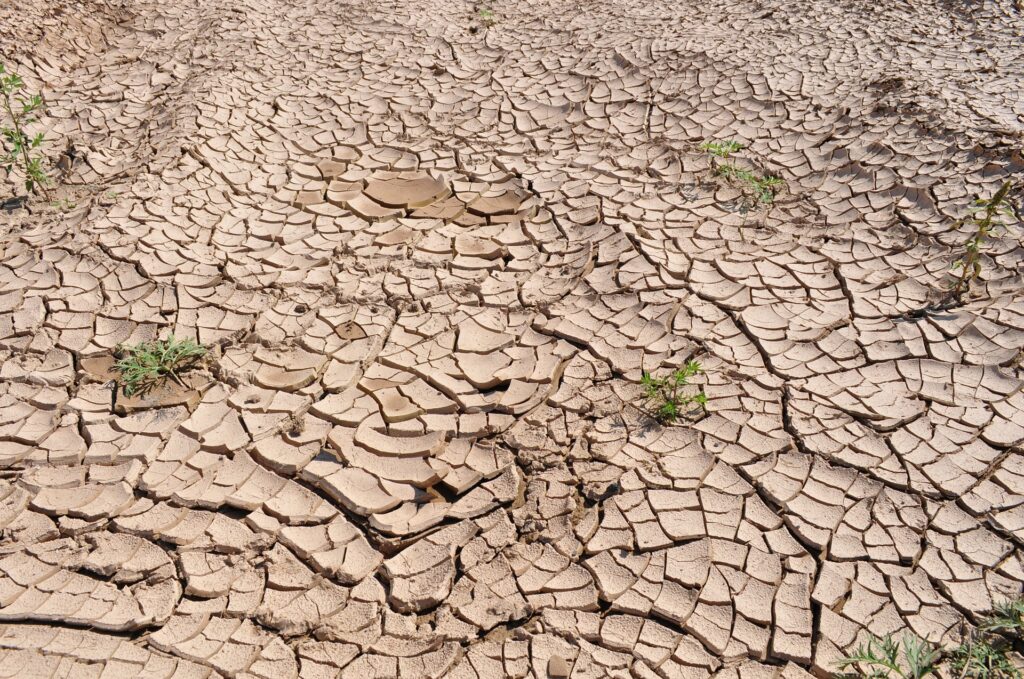A new report from the United Nations Convention to Combat Desertification (UNCCD) has called for efforts in global drought preparedness and resilience to be made a top priority.
Drought in Numbers, 2022, released at UNCCD’s 15th Conference of Parties (COP15), provides an authoritative compendium of drought-related information and data, helping to inform negotiations between UNCCD’s 196 member states.
Ibrahim Thiaw, executive secretary of the UNCCD, said, “The facts and figures of this publication all point in the same direction: an upward trajectory in the duration of droughts and the severity of impacts, not only affecting human societies but also the ecological systems upon which the survival of all life depends, including that of our own species.”
Key facts and figures from the report include:
- Since 2000, the number and duration of droughts has risen 29%.
- From 1970 to 2019, weather, climate and water hazards accounted for 50% of disasters and 45% of disaster-related deaths, mostly in developing countries.
- Droughts represent 15% of natural disasters but took the largest human toll, approximately 650,000 deaths from 1970-2019.
- From 1998 to 2017, droughts caused global economic losses of roughly US$124bn.
- In 2022, more than 2.3 billion people face water stress; almost 160 million children are exposed to severe and prolonged droughts.
Unless action is stepped up:
- By 2030, an estimated 700 million people will be at risk of being displaced by drought.
- By 2040, an estimated one in four children will live in areas with extreme water shortages.
- By 2050, droughts may affect over three-quarters of the world’s population, and an estimated 4.8 billion to 5.7 billion people will live in areas that are water-scarce for at least one month each year, up from 3.6 billion today
- Up to 216 million people could be forced to migrate by 2050, largely due to drought in combination with other factors including water scarcity, declining crop productivity, sea-level rise and overpopulation.
“We are at a crossroads,” Thiaw continued. “We need to steer toward the solutions rather than continuing with destructive actions, believing that marginal change can heal systemic failure.
“One of the best, most comprehensive solutions is land restoration, which addresses many of the underlying factors of degraded water cycles and the loss of soil fertility. We must build and rebuild our landscapes better, mimicking nature wherever possible and creating functional ecological systems,” he said.
Beyond restoration, he added, is the need for a paradigm shift from ‘reactive’ and ‘crisis-based’ approaches to ‘proactive’ and ‘risk-based’ drought management approaches involving coordination, communication and cooperation, driven by sufficient finance and political will.
To view the newly released report, click here.



